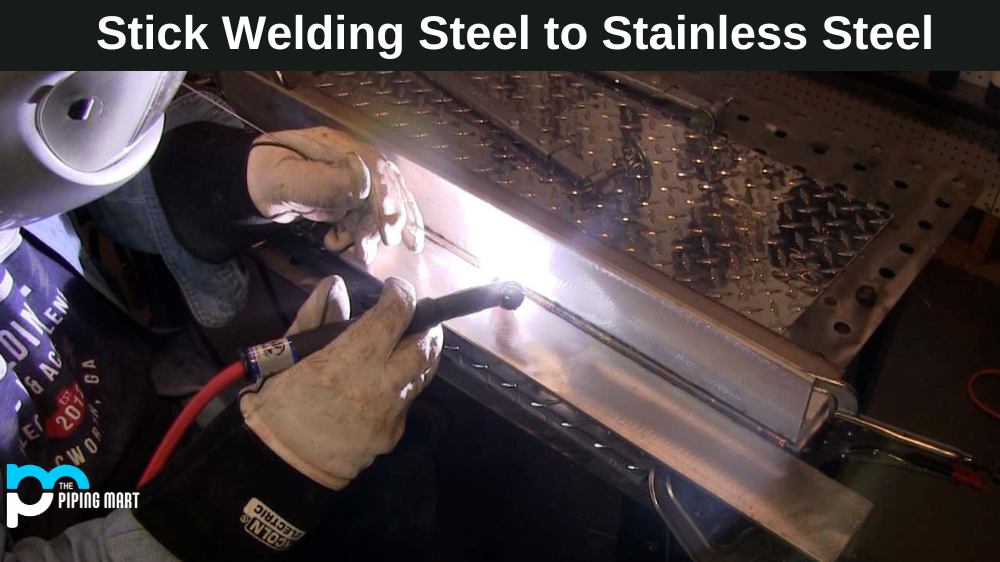If you ever want to weld steel to stainless steel, you need the right equipment and know-how. Stick welding steel to stainless steel is a tricky process, but it can be done with the right knowledge and tools. In this blog post, we’ll go over the steps necessary for successful stick welding of steel to stainless steel.
Step 1: Prepare Your Work Area
Before you begin stick welding, you’ll want to ensure your work area is clean and debris-free. This helps prevent contamination of the welding area that can weaken a weld joint. Additionally, all surfaces must be dry before beginning; any moisture or oil on the surface could interfere with the process. You should also ensure you have all necessary safety gear before beginning, including gloves and eyewear.
Step 2: Prepare Your Metal Pieces
Once your work area is prepared, and all necessary materials are gathered, you should prepare your metal pieces to ensure they fit properly before welding them together. To do this, grind off any rust or scale that can weaken a weld joint and confirm that both pieces are clean and dry. You may also need to use a grinder or file to reshape any edges or corners that have become rounded due to corrosion or wear over time. It may also be beneficial in some cases to heat treat one of the pieces before welding, for it does not deform when heated during welding operations.
Step 3: Choose Your Rods Wisely
When it comes time for stick welding steel to stainless steel, selecting the correct rods is key to success. For mild steels like 1018 or 1020 low-carbon sheets of steel, E6013 rods will work well as long as no preheating of the material is needed before welding operations. For higher strength steels such as 4140 or 4130 alloy sheets of steel, a higher strength rod such as an E7018 should be used since these rods will provide greater strength than an E6013 rod would provide in these situations. When joining stainless steels together, ER308L electrodes should be used since they offer superior corrosion resistance compared with other types of electrodes available on the market today. Additionally, remember that some metals require special electrodes depending on their composition; consult your local supplier if you are still determining which type of electrode best suits your application needs.
Conclusion:
With these steps in mind, stick welding steel onto stainless steel seems manageable! This method provides superior strength compared to other methods, such as brazing or soldering, due to its ability to join two dissimilar metals without leaving gaps between them once cooled down from their molten state. Stick welding requires specialized tools and knowledge, but with proper preparation and attention paid during the execution of this process, you can achieve great results easily! We hope this guide has helped you understand how to stick welding works and why it’s important to join certain kinds of metals securely! Good luck!

A passionate metal industry expert and blogger. With over 5 years of experience in the field, Palak brings a wealth of knowledge and insight to her writing. Whether discussing the latest trends in the metal industry or sharing tips, she is dedicated to helping others succeed in the metal industry.




